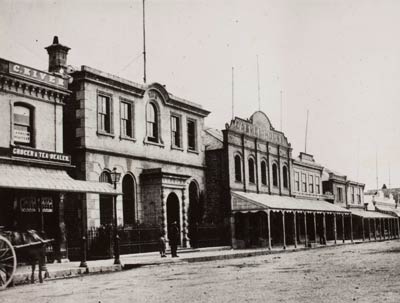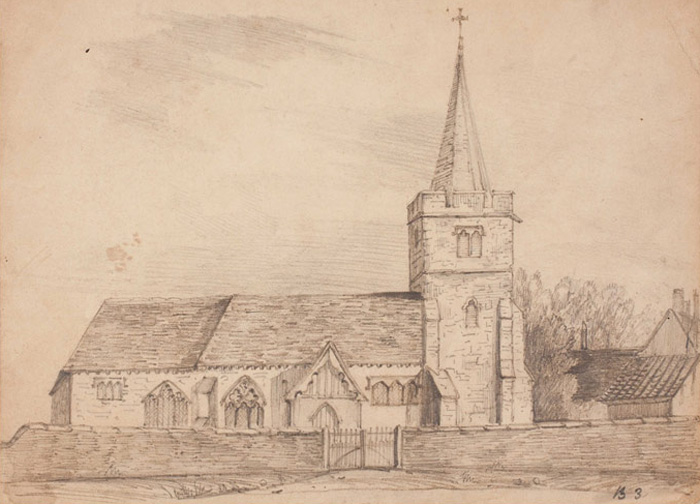Born in c.1833 in London, William Armson was the son of Francis and Jane Armson. He came to New Zealand with his parents around 1852, but the family then moved to Melbourne in 1854, where Armson became articled to the firm of Mssrs Purchas and Swyer, Architects. Armson was fortunate in that he was able to train as both an architect and a civil engineer, which would prove useful throughout his career.

William Barnett Armson (1833–1883)
In 1862 Armson returned to New Zealand to work in Dunedin as an architect for the Provincial Government of Otago. There he designed the Supreme Court building and the Municipal Chambers amongst others. After Dunedin, Armson spent several years working in Hokitika, Oamaru and Leeds, before he finally moved to Christchurch in 1870 to set up practice. He remained in Canterbury for the rest of his career, and the firm of Armson Collins went on to become one of two of the oldest architectural practices in New Zealand. His colleague J.J. Collins described Armson at this time as a short, tubby and slightly balding man, afraid of no-one, and meticulous about his professional standing. Armson apparently was a keen fencer, and would keep foils in his office. Collins related how there were occasions when he would usher clients into Armson’s office, only to find it full of dust with a fencing bout in progress.

Cashel Street, Christchurch, c.1870. A sign for the offices of Armson Collins may just be seen in the first floor window at the far left.
Armson was obviously interested in local affairs, as he regularly wrote Letters to the Editor on current issues. In Dunedin he wrote to the Otago Daily Times under the nom de plume ‘Pro Bono Publico’ and may have edited the ODT from time to time when the Editor was absent. In Hokitika he once again took to writing to the Editor, often commenting about local notables, which did not appear to affect his ability to attract commissions! Later on in Christchurch, while writing to the Editor of The Press, he dictated his letters to his articled pupils, and commented to J.J. Collins one day, “You know John, in writing this sort of letter, it is not what you say, but what you do not say that counts.”

Burstead Church, Essex. Pencil sketch by W.B. Armson, undated.
Although he employed classical forms to great effect in his career, like his counterpart Benjamin Mountfort, Armson appears to have had a solid grounding in Gothic architecture as an articled pupil and increasingly used rich ornamentation in his designs as his career progressed. In Christchurch his Gothic inspired buildings include the design for Canterbury College of the Christchurch Boys' High School. Amongst his most well known buildings are the Bank of New Zealand in Dunedin, St Mary’s Church, Timaru, the second Canterbury Public Library and the second Christchurch Girls' High School in Cranmer Square.
Armson died in 1883 age 50, a confirmed bachelor. By the time he died he was widely regarded as one of the best architects in New Zealand and after little more than a decade in Christchurch it was noted that he had “transformed the appearance of the commercial heart of the city."